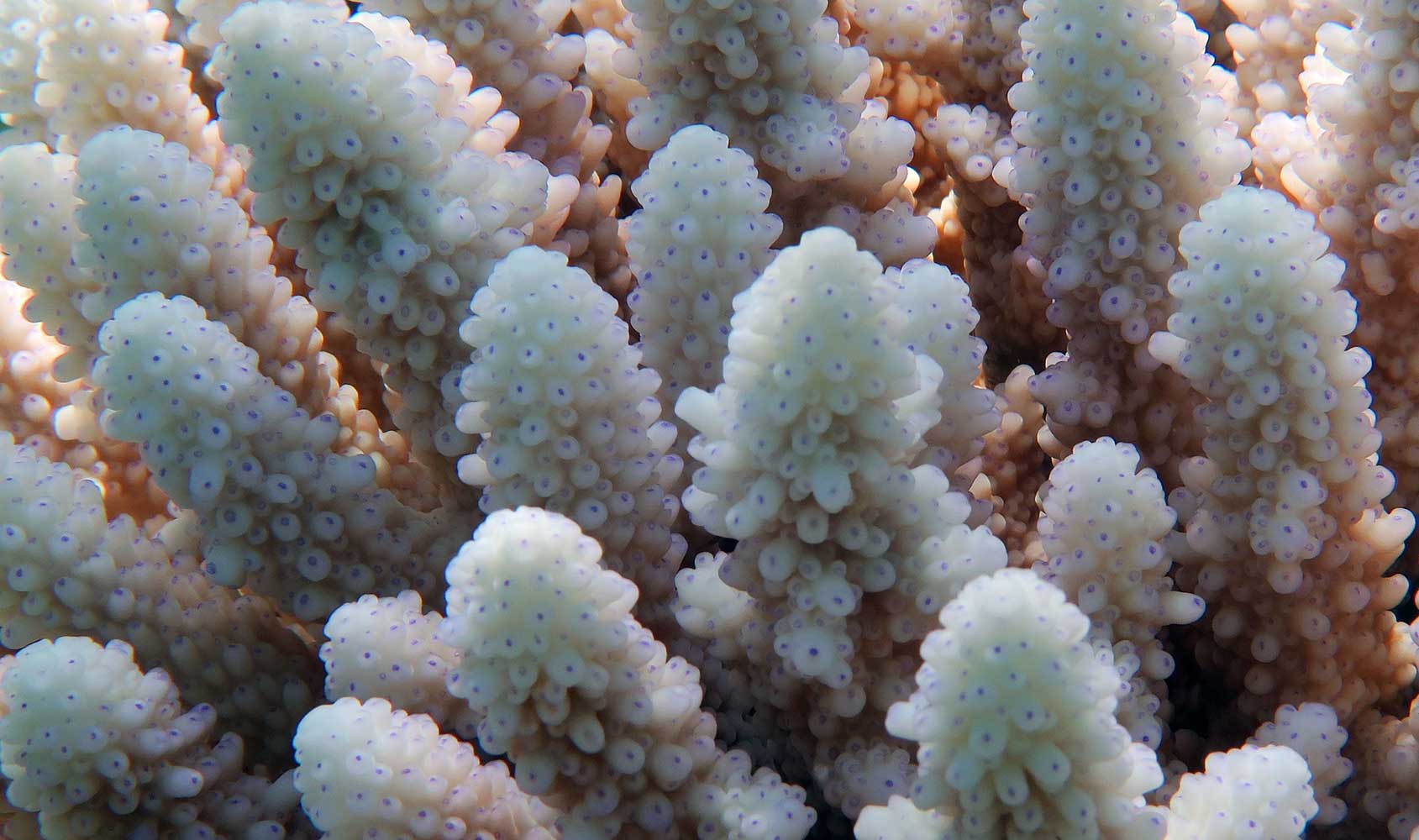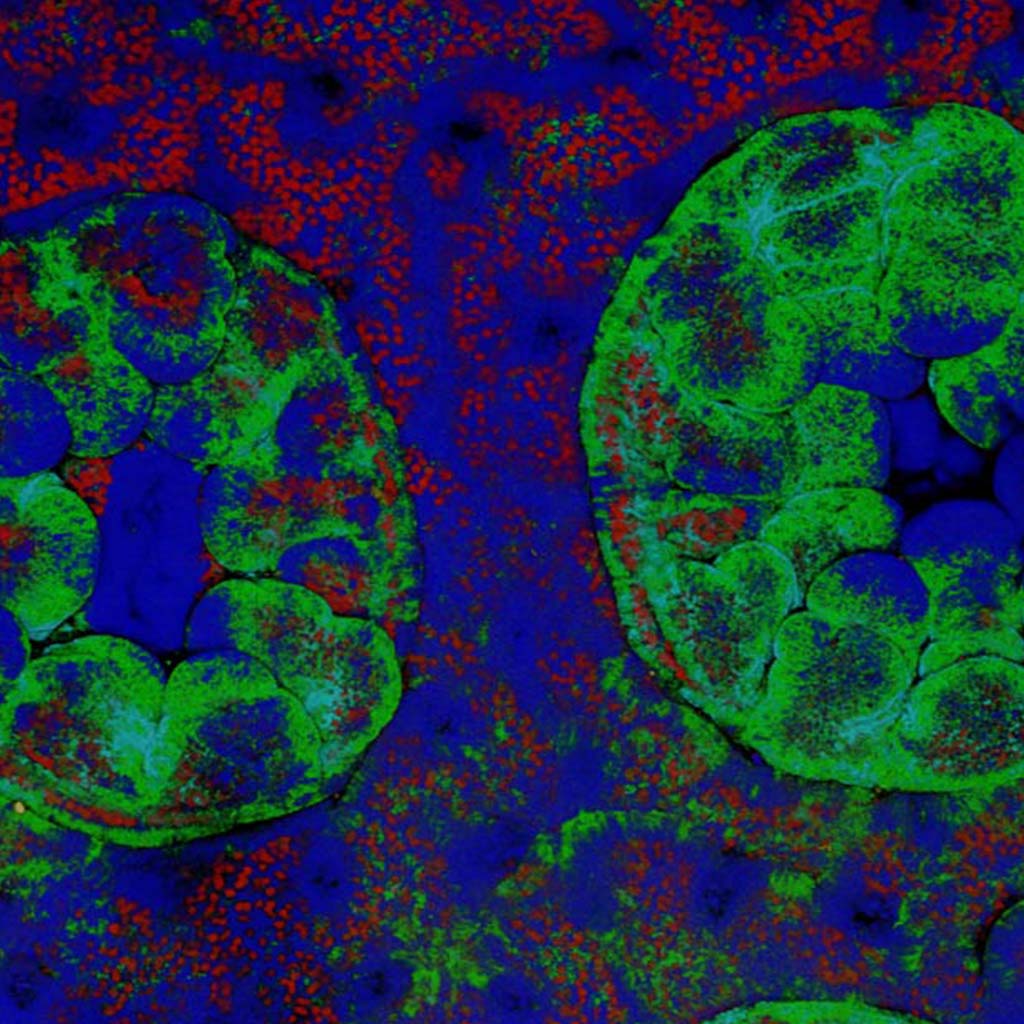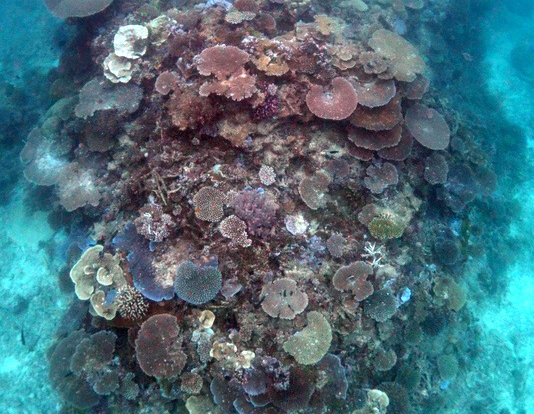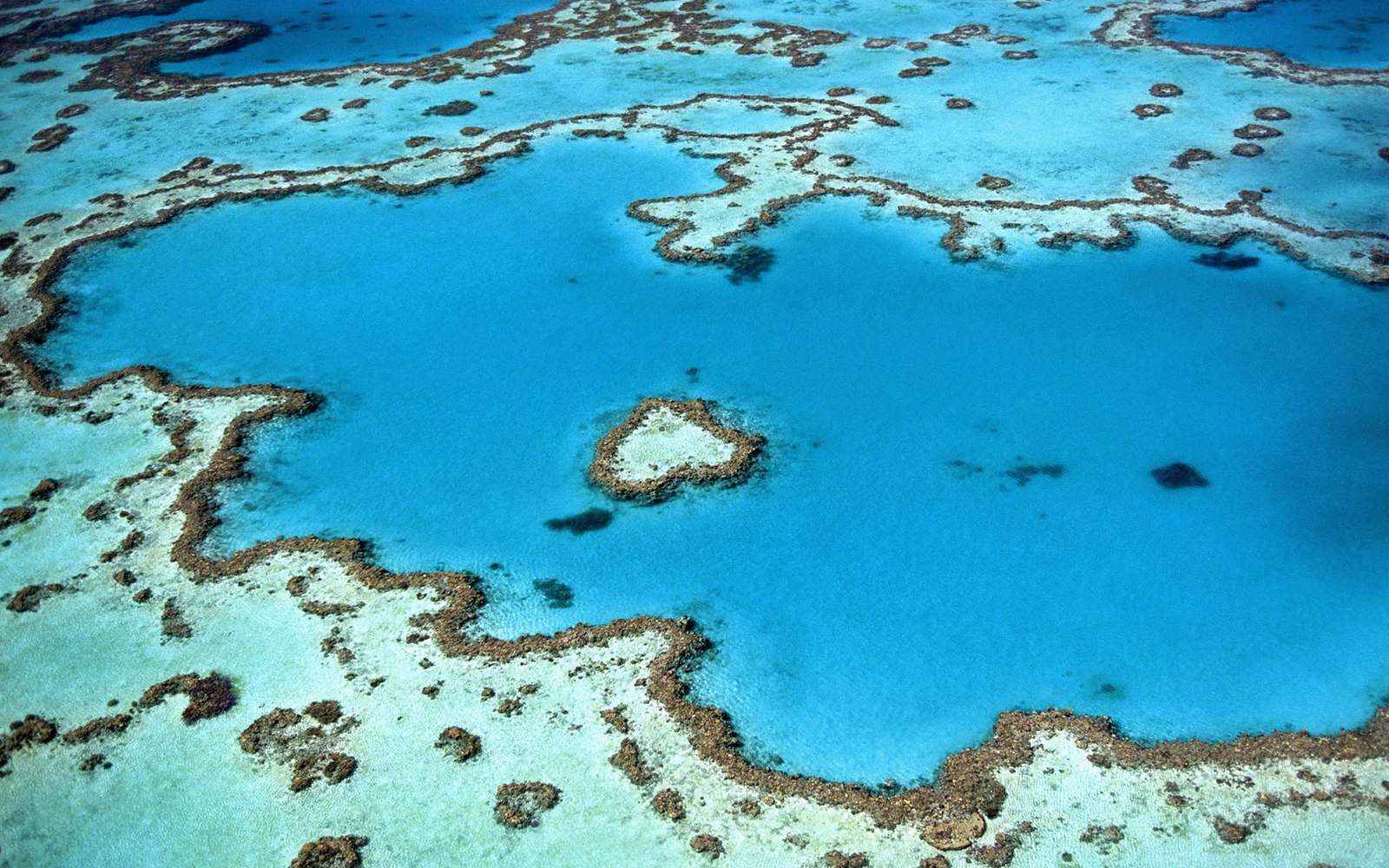Corals and their microbes
We’ve all become much more aware of our microbiome in recent years—the benefits of foods such as kimchi, kombucha, sauerkraut and yoghurt are all being spruiked to promote a healthy community of microbes in our gut.
But we’re not the only ones that need to maintain a healthy microbiome, or that suffer when their microbiome goes haywire. Corals also have complex and diverse collections of microbes that are essential to maintaining the health of a coral community. The recipient of the 2018 Australian Academy of Science Dorothy Hill Medal, Associate Professor Tracy Ainsworth, researches these tiny microbes and has made huge contributions to our understanding of how they contribute to coral ecosystems.

The beautiful coral you snorkel over is composed of a few different parts. There’s the skeleton, built from calcium carbonate, that forms the home for the coral animal, called the polyp. Also living within the coral skeleton are symbiotic algae, called zooxanthellae. This organism uses photosynthesis to produce energy and nutrients that the coral polyp needs to survive. The zooxanthellae also give corals their colour, and it is the loss of zooxanthellae when the coral becomes stressed that results in coral bleaching.

And living all around and on these organisms are microbes. A typical coral microbiome contains thousands of different types of bacteria, many of which have been found to be present in different species of coral on reefs all around the world, including corals that live as deep as 100 metres below the ocean surface. Studying the interactions of these bacteria types and the roles they play is crucial to understanding how they are affected by environmental stress, and how coral communities will fare with ongoing climate change.
Environmental stress, such as poor water quality, the build-up of sediments or increased water temperatures, have obviously visible effects upon corals, such as bleaching, but they can also have more deep-reaching impacts upon the coral microbial communities.
Associate Professor Ainsworth’s research studies not just corals as they bleach, but also the survivors—the corals that mange to recover from the bleaching process. Her work tells us about the factors that keep the healthy balance of bacteria and prevent the unhealthy bacteria from taking over. It turns out some corals are better than others at maintaining the beneficial microbes, even when their algal partners are lost and their environment is deteriorating; whereas bleached corals have microbiomes dominated by unhealthy microbes. Corals that manage to recover have much lower levels of these pathogenic bacteria and can maintain a microbiome that’s similar to that of normal, healthy corals.

Associate Professor Ainsworth has also studied the dynamics of bleaching events, in both the coral and its microbiome. She and her colleagues found that during times of increased water temperatures, corals on the Great Barrier Reef have been able to protect themselves from heat stress. The evidence from events that occurred in the past is that water temperatures tended to increase slowly, meaning that the corals had time to adjust and they could acclimatise to the warmer water.
However, what we are seeing now is that heatwave conditions will not give the corals this ‘grace period’—they won’t have the opportunity to develop the resistance to heat stress and protect themselves naturally. Models predict that an increase in local water temperature of just 0.5 °C means corals lose their ability to cope with increases in temperature and suffer more during bleaching events. These severe conditions also upset the stability of a healthy coral microbiome. This indicates that the prognosis for many corals being able to cope with the myriad of stresses that come from severe temperature stress events, like heatwaves and ongoing climate change, is pretty grim. Associate Professor Ainsworth’s research is showing us that corals have the capacity to withstand some temperature stressors, if conditions are not too severe, but we need to take up actions that give them the best chance for survival.

As healthy corals are the cornerstone of a healthy coral reef, and reefs themselves support myriad different organisms, ranging from crustaceans to fish to turtles and sharks, there’s a lot riding on corals and their microscopic bacteria. The work of Associate Professor Ainsworth and her colleagues promises to help us better understand and protect our coral reefs into the future.





